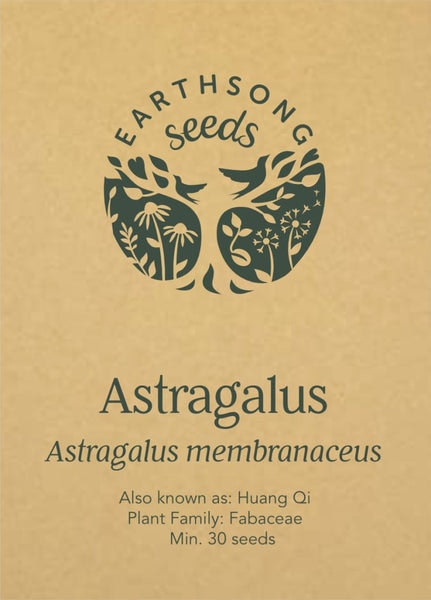Rated 4.6 on Reviews.io
Rated 4.6 on Reviews.io
Home / Homewares / Garden & Outdoors / Astragalus Seed Pack
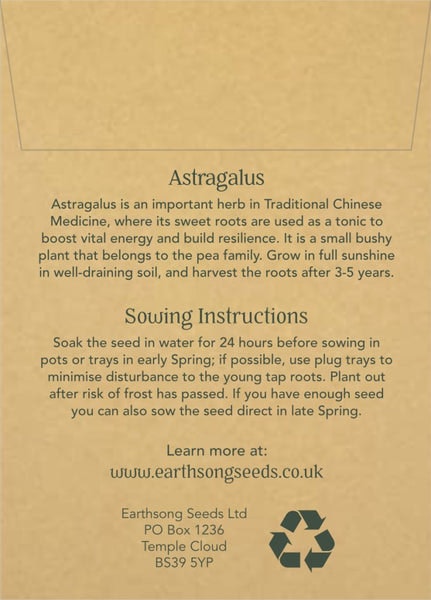
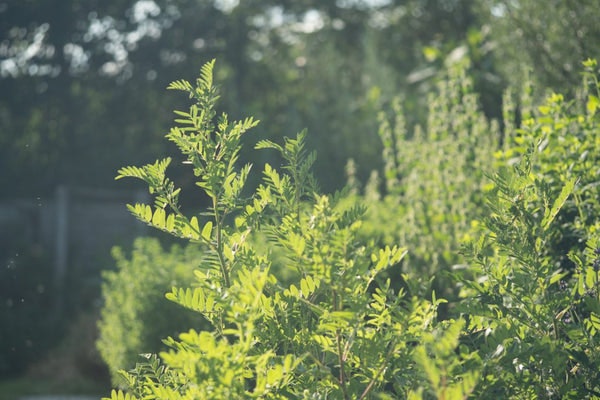
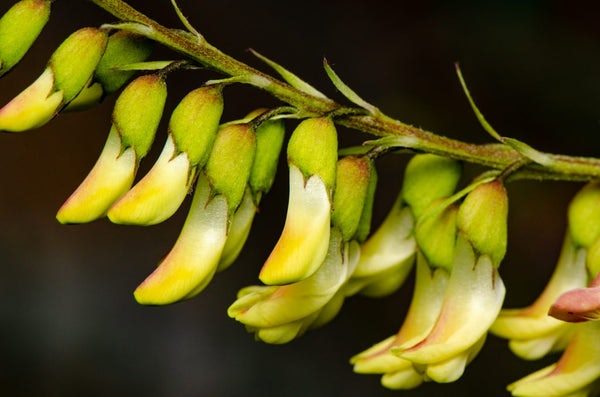
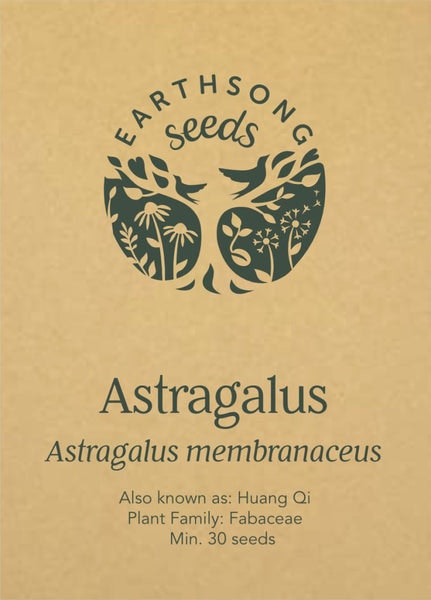





Premium international shipping for A$41.49
Arrives soon if you order today! Estimated delivery: Fri 21 Feb – Tue 25 Feb
14-day returns policy
We offset delivery & packaging carbon emissions on every order.
5-star customer support on live chat
 Product details
Product details
_Astragalus membranaceus._
**Astragalus is a bushy member of the pea family with pendulous yellow flowers. The sweet roots are one of the main tonics used in Chinese Herbal Medicine. Known as Huang Qi, it is a renowned protector from infection and a reliable source of energy.**
Strictly speaking the correct botanical name for this species is now _Astragalus mongholicus,_ but for now we continue to use the original name _Astragalus membranaceus_ as this is the name that most herbalists still know it by.
The name astragalus is derived from a Greek word to describe its reputation for increasing production of goat milk. Traditionally grown in the North East and East of China with the ‘Di Dao’- or geoauthentic variety – coming from inner Mongolia and Shanxi (Di Dao is a concept akin to the ’terroir’ theme used in viticulture to qualify the best quality). It is now cultivated widely in America too as it has become a vulnerable species in the wild. Its favoured ecosystems are steppes, meadows and coniferous forests.
We have had good results growing astragalus in the UK climate, both in full sunshine and semi-shade. It is a perennial that grows to around 80cm tall; it is quite a delicate plant that is normally harvested after 3-5 years, so choose a sheltered spot that is protected from threats of strong winds, domestic animals or wild children. The rewards are well worth the wait.
**Sowing and Growing**
For best results, the hard-coated seeds should be scarified before sowing. Some people recommend lightly rubbing the seeds on sandpaper but we’ve found the easiest way to prepare the seeds for germination is to soak them water overnight before sowing. Astragalus seed is said to germinate best in cool soils; we haven’t yet done any experiments to verify this, but always get good results sowing into trays in early Spring. The plant has a tap-root which doesn’t like to be disturbed, so it is good to sow into plug trays and pot up quite soon after germination to avoid any unnecessary disturbance. If you have enough seed you can also sow the seed direct in late Spring.
The young plants are quite delicate and appear to be quite tasty to slugs so take all necessary precautions if your garden is prone to slug attacks – perhaps some beer traps or a sprinkling of wool pellets around the base of the plants. Once the plants are established they are more resilient, but still have delicate branches that easily snap, so make sure they are planted in a protected location so that they survive long enough for you to harvest the roots after year 3\.
**Uses and Benefits**
Astragalus is traditionally highly regarded as a tonic remedy. In the language of Traditional Chinese Medicine it was seen to tonify both active energies (qi) and those that build resilience (xue or Blood), as well as supporting the Chinese concept of the Spleen (the function controlling assimilation in this body – thus being used where fatigue is linked to decreased appetite). Often used at high doses of 10-30g/day, combined with other herbs and in tonic soups to support fatigue, recurrent infections and convalescence.
Beyond its sweet and warming energetics Huang qi is considered to be an ascending herb that literally helps lift us up; it encourages circulation and is often used where there is any sinking of vitality, such as exhaustion or prolapse. The main compounds are triterpenoid saponins and polysaccahrides- giving the dried root a characteristic sweet but soapy after-taste.
**Harvesting and Preparation**
The long tapered roots of Astragalus are best harvested in the spring or autumn from 3-5 year old plants.
When bought from Chinese suppliers the roots are often sliced lengthways, soaked and pressed leaving long tongue-like pieces. Its hard to do properly so slicing transversely into oblique slices, like a fancy carrot, works well too.
Trim the rootlets and then place the freshly cleaned and sliced roots in a dehydrator or warm space with freshly circulating air at around 30C for 24hr or until dry. Store in an airtight jar away from the light.
Astragalus is traditionally used as a decoction by simmering in water for 30 minutes.
It is also added to nourishing soups, along with other herbs such as Ginseng and Go Ji berries, with medicinal mushrooms to help build vitality in the winter.
A tincture can be made at a ratio of 1:5@25% macerated for 2 weeks, pressed and strained.
In a traditional processing method known as ‘pao zhi’, astragalus is ‘stir-fried’ with honey to enhance its tonifying and moistening effects.
Minimum 30 seeds per pack.
 Shipping and Returns
Shipping and Returns
The product will be shipped to you from: Sunshine and Snow in Bideford, UK.
Premium international shipping for A$41.49
Arrives soon if you order today! Estimated delivery: Fri 21 Feb – Tue 25 Feb
14-day returns
On items eligible for returns, you have 14 days from delivery to submit a return request. Learn more.
Ordering between the UK and the EU?
There are no hidden fees or additional charges once you’ve paid for your order. Enjoy hassle-free cross-border shopping. Learn more
